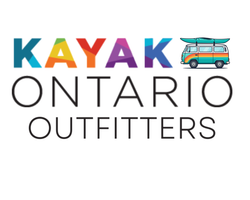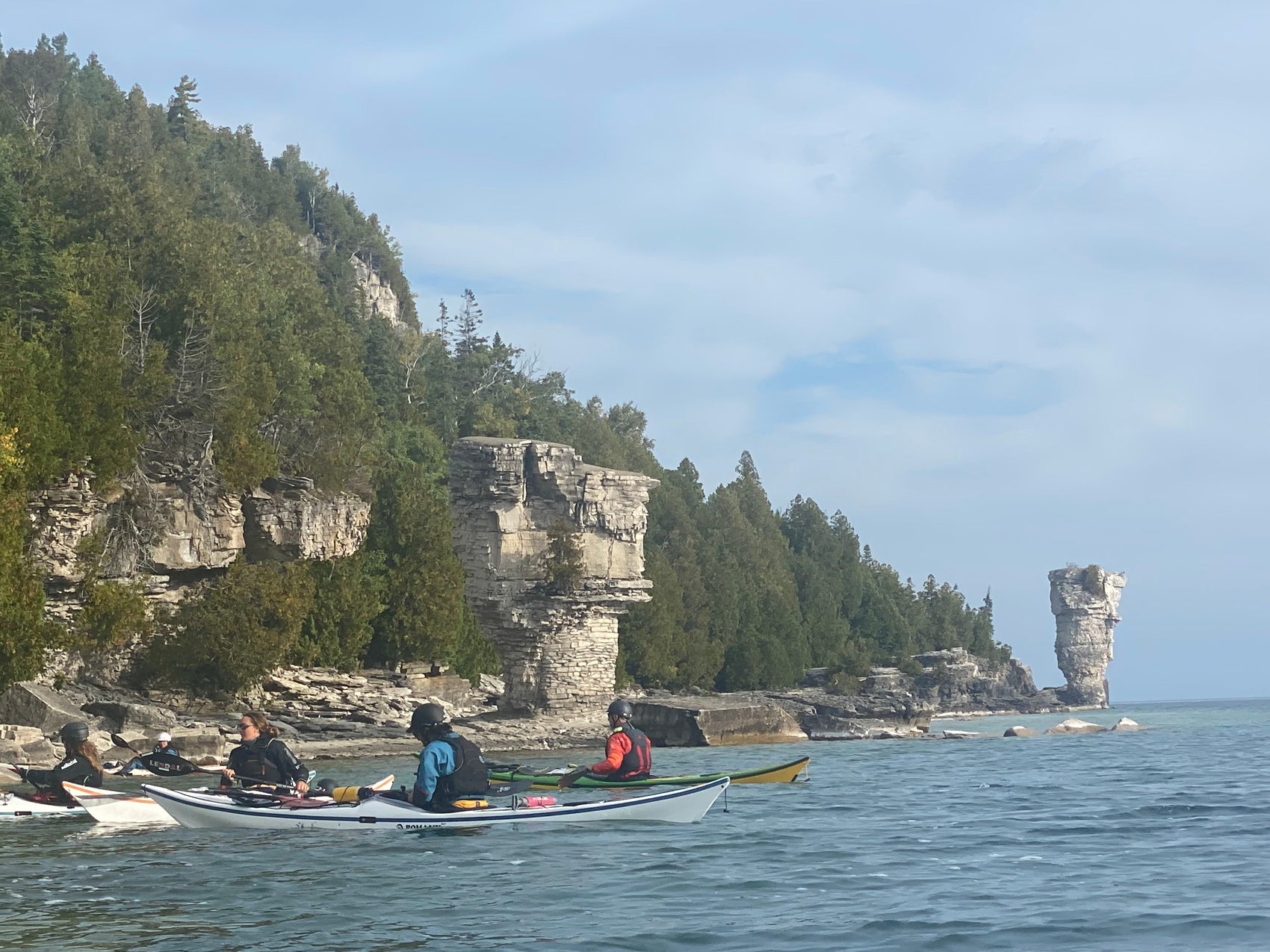Preparing for a kayak expedition begins well before you hit the water. Packing the right gear, loading your boat properly, and choosing equipment that works well in real conditions all contribute to your experience once you're out there. This guide visually breaks down the strategy I use to prepare, covering what to bring, how to pack it, and the gear I rely on. It’s meant to be adaptable, not prescriptive. If you already have a system that works for you, great. If you're still figuring things out, hopefully, this offers a useful starting point.

Part 1: Packing List – The Essentials for a Happy Paddler
What do you really need out there? Most people overpack clothes and food, and underestimate how important a good sleeping system and organized toiletries are. A comfortable night’s sleep and basic hygiene go a long way toward staying sharp and enjoying the trip.
Here’s how I break it down:
- Toiletries & Med Kit: The basics matter more than people think. Bring what you need to stay healthy and comfortable, and make sure it’s waterproof and accessible. Don’t skip the headlamp or the trowel.
- Camp Kitchen: Keep it simple and compact. Fuel-efficient stoves, minimal cookware, and noise control (wrap your fuel canisters) make life easier.
- Clothing: Layers, not bulk. You don’t need three outfits; just a warm camp layer, a dry base, and a rotating wet/dry gear system. Spare socks and a hoodie beat out a second set of pants every time.
- Shelter & Sleep: Invest in a sleep system that works for you. This is where comfort makes the biggest difference, especially after long days in wind or weather.
- Food: Plan for calorie-dense meals and snacks you actually enjoy. But don’t bring the pantry. Even if you can't cook, it'll taste way better when you are exhausted from a day of paddling!
Pro tip: Don’t pack like a canoeist. Pack like a kayaker: waterproof, compressible, and dialled for deck-side access.

Part 2: Internal Layout – Weight Distribution That Works
How do you load a sea kayak for maximum performance? The basic principle is to keep heavy items low and close to the cockpit, weight evenly distributed between front and back, and use the bow and stern for lighter, compressible gear.
- Food and fuel should be stored near the cockpit. These are usually the heaviest items, and placing them low and central improves overall stability.
- Toiletries and light gear can also go near the seat, ideally somewhere accessible. If you're stopping midday, you don’t want to unpack the entire boat just to reach sunscreen or a medical kit.
- Sleeping systems and shelters are lightweight but bulky. They fit well in the far ends of the boat. Keeping the bow and stern light helps with control, especially in rough conditions.
Packing well takes practice, but once you have a system, your boat should feel neutral and responsive, like it’s working with you, not against you.

Part 3: Gear Guide – From Helmet to Drysuit
Good gear does more than check a box; it keeps you safe, efficient, and comfortable when conditions change or things go sideways.
-
Helmet
A well-fitting helmet is essential if you’re paddling in surf or rocky environments. It should stay in place without shifting and offer full coverage without limiting visibility. I use the Sweet Protection Strutter, but anything that meets safety standards and fits well will do the job. -
PFD (Personal Flotation Device)
Choose an expedition-style PFD that’s Transport Canada or USCG approved. Look for a snug but comfortable fit with hydration, snacks, or safety gear storage options. You should be able to wear it all day without constantly adjusting it. I use the Astral Bowen. -
Paddle
You need to hold this all day long. Euroblade and Greenland-style paddles have merits; what matters is weight, feel, and how they match your technique. If you’re doing longer days, lightweight carbon makes a real difference. Always bring a spare on an expedition. I prefer a Werner Shuna or Gearlab Kalleq. -
Skirt & Drysuit
A good skirt keeps your cockpit dry and secure without being restrictive. Match the tunnel height to your torso length and paddling style. For colder water, a well-fitted drysuit with reinforced gaskets and a relief zipper (if you want comfort) is worth the investment. -
Accessories
Safety and comfort essentials include a bilge pump, paddle float, tow system, knife, whistle, and a waterproof light: sunglasses, a hat, and a few emergency snacks round things out.
The bottom line is that your gear doesn’t need to be top-end or flashy. It needs to fit, function, and be familiar to you before launch day.
Want More?
Check out Kayak Ontario Outfitters for curated expedition gear, expert advice, and trip-tested recommendations. Whether you’re heading into surf, swell, or silence, we’ve got your back.

